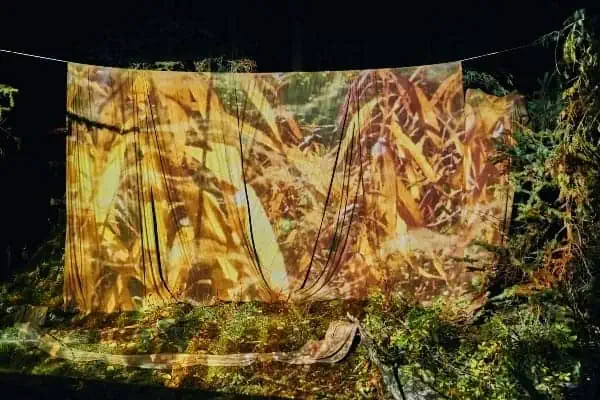Competitors line up at the start line of last year’s Alcan 200. PHOTO: Steve Wort
The 50th running of the Alcan 200 International Snow Machine Road Rally takes place this January 19
Blink and you might miss it. With top average speeds reaching 121 miles per hour (194.7 km/hour), the fastest riders in the Alcan 200 Road Rally set a blistering pace. You’re not alone in the Yukon if you’ve missed out on this under-the-radar event that has quietly approached its 50th anniversary. The annual event takes place on the third weekend in January, attracting snow-machine enthusiasts from Alaska, the Yukon and northern B.C.
The event is organized by the Chilkat Snowburners out of Haines, Alaska, who are responsible for most of the hard work that goes into preparing for a safe and supported race. Snowburners’ president Kathi Lapp has been involved with family, taking part in the race since the early 80s, but has a good perspective on the planning side, having helped organize the event for about the past six years.
“Getting the road permit and insurance paperwork filed,” Lapp said. “That’s the biggest thing. And then getting all the volunteers organized.”
The event requires a good number of volunteers to man the various stations along the course. The course runs from Pleasant Camp, B.C. (Canada Customs) to the turnaround at Dezadeash and then back to Pleasant Camp. Two manned fuel stations are located along the course, where riders must pull to a complete stop, as well as the turnaround point.
Yukoner Wade Istchenko has helped marshall the Dezadeash turnaround for many years and thinks the race is another great example of Yukoners and Alaskans cooperating on a great event.
“Volunteering on the Alcan (200) is a way to help our American cousins,” Istchenko said. “That’s what we call it. We say, ‘Our cousins are coming across the border this weekend.’”
Istchenko noted that the road is closed by B.C. for the race and it’s the longest running annual race that closes the road. “We like to say it’s the last great road race,” he laughed. He also noted that it’s an economic driver for Haines, during a slower time of the year. Lapp concurs that the event and its festivities attracts a good crowd to town for the weekend.
“The drivers all come into town on Friday night for the Calcutta at the Fogcutter,” Lapp said. “The Calcutta is a separate race in the race that drivers can enter if they want.”
In the Calcutta, drivers in each class are auctioned off to either themselves, other competitors or spectators, who bid to secure the rider in the race, Lapp explained. The pool is shared among the winning bidders. The race itself is split into seven different classes, depending on the size or type of snow machine the competitor is riding. Each class is considered its own division for prizes, as well as an overall winner and Red Lantern award for the slowest competitor.
The blinding speeds and logistics require some strong support, as many drivers have a support mechanic to assist with emergency repairs, but it’s not uncommon for sleds to break down during the race.
“There’s an ambulance and a flatbed truck trailing along right behind the slowest machine,” Istchenko said. “If she breaks down, the flatbed is to put the dead sleds on.
“The slowest machine has to go at least 50 miles/hr (80 km/hr).”
Lapp noted that anyone interested in taking in the weekend festivities is welcome to join. The Friday event at the Fogcutter is open to all. On Saturday, there is a drivers’ meeting at 9 a.m. (Alaska time) and the race starts at 10 a.m. Istchenko notes that the first drivers arrive in Dezadeash about 40 minutes after the race start, for viewing the turnaround. And Saturday evening has a ticketed banquet and awards at the Legion in Haines, Alaska.
For more information, visit their website www.Alcan200.org.




